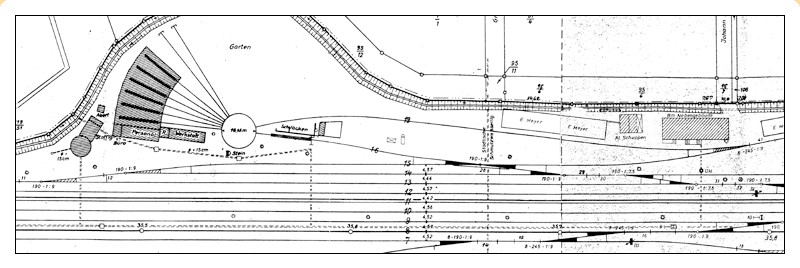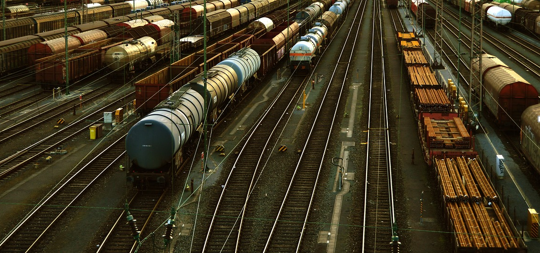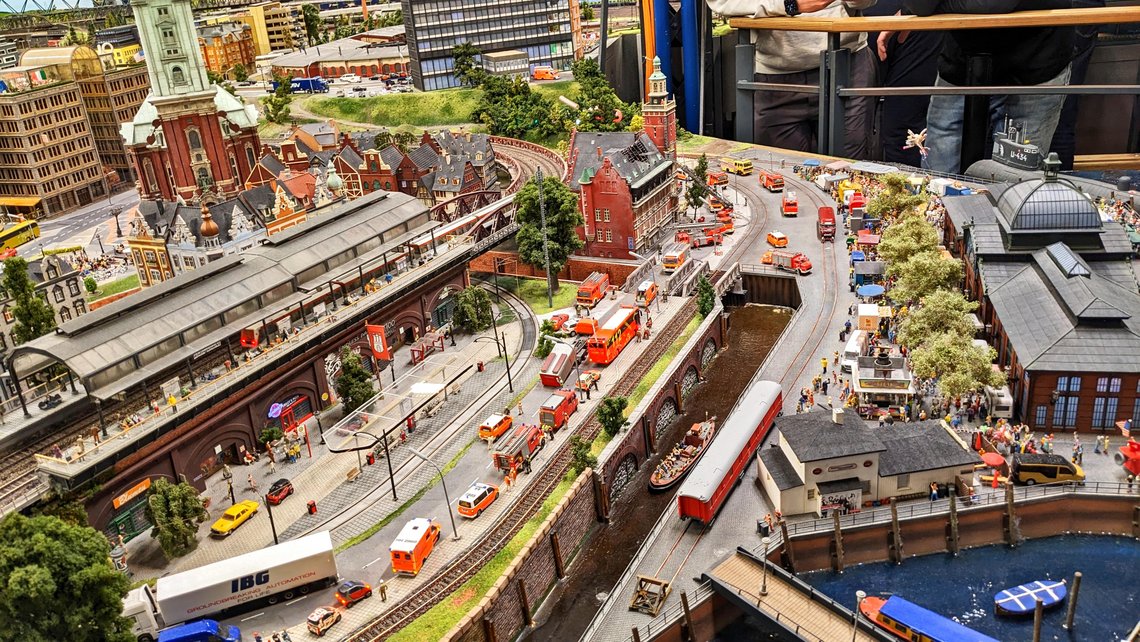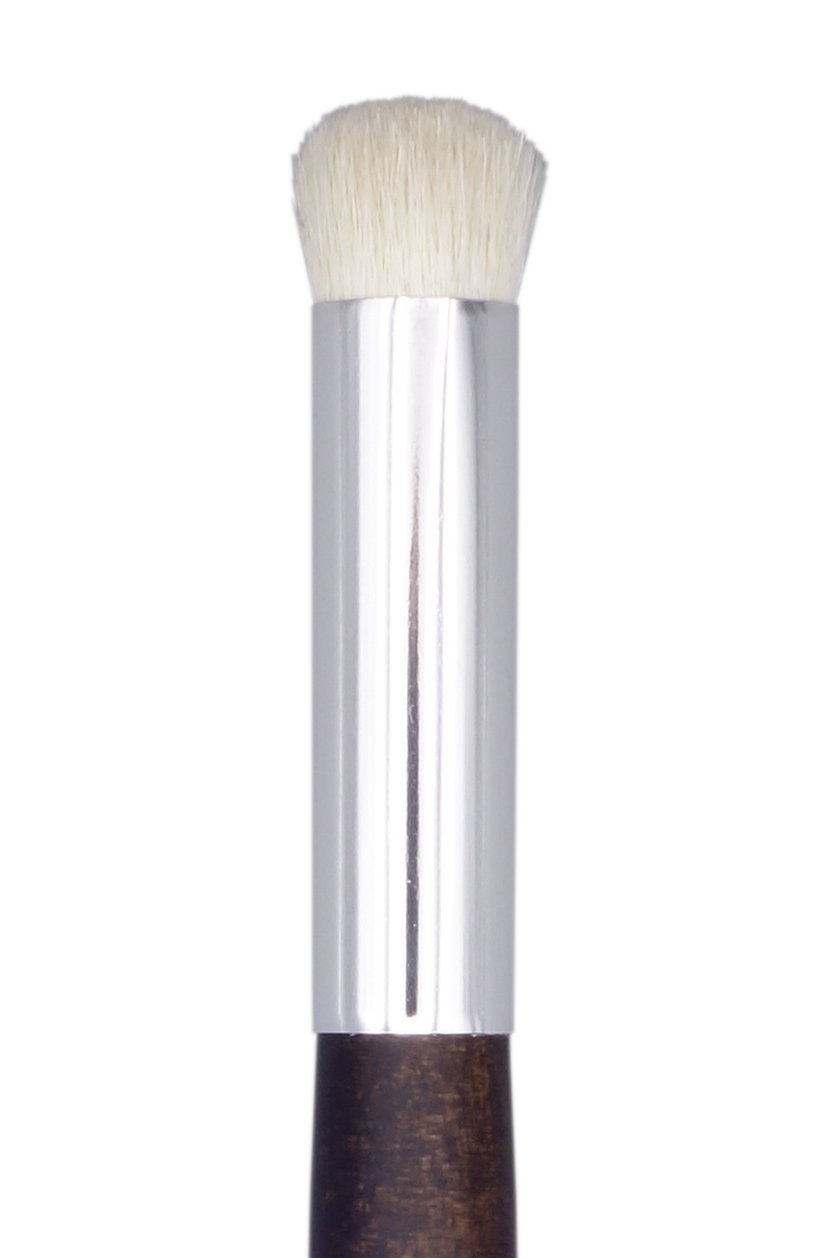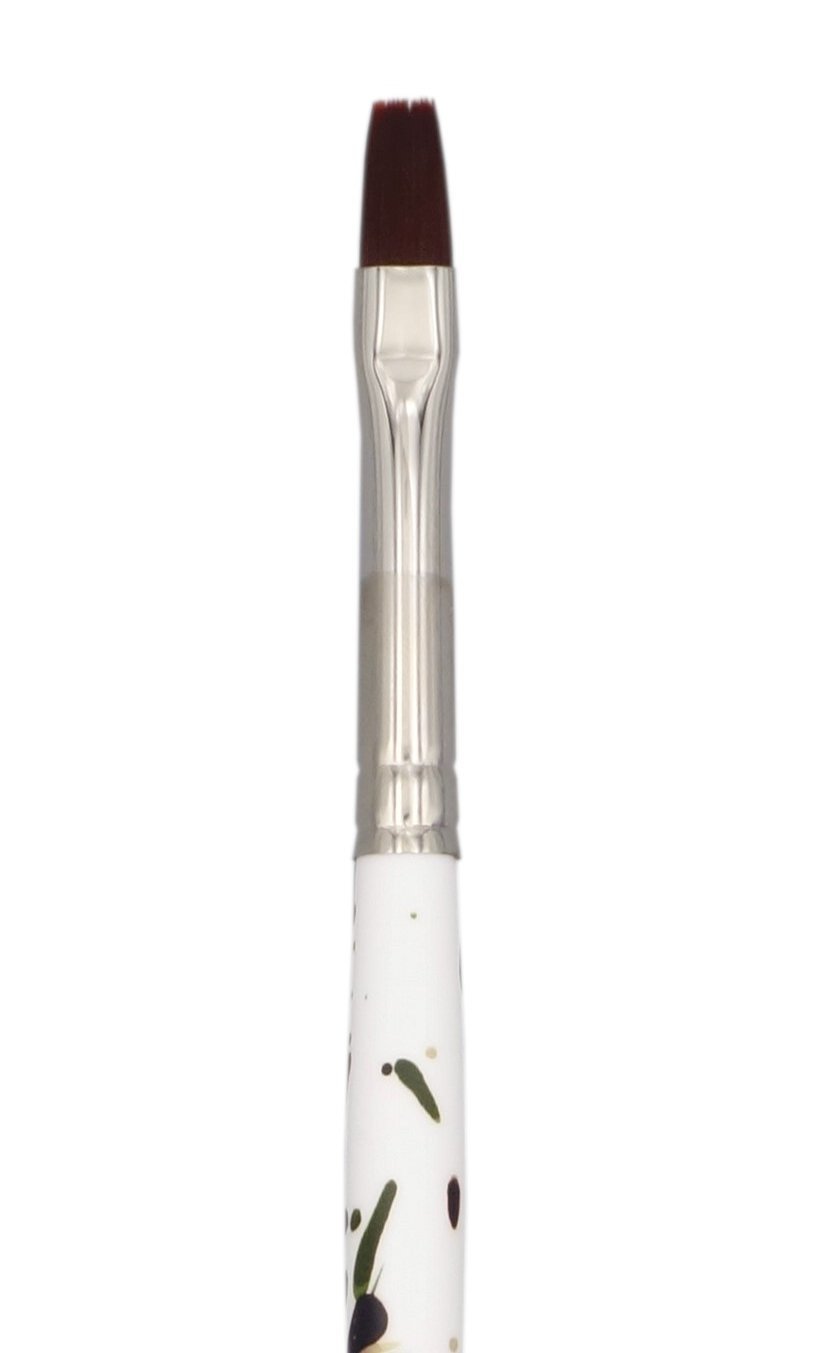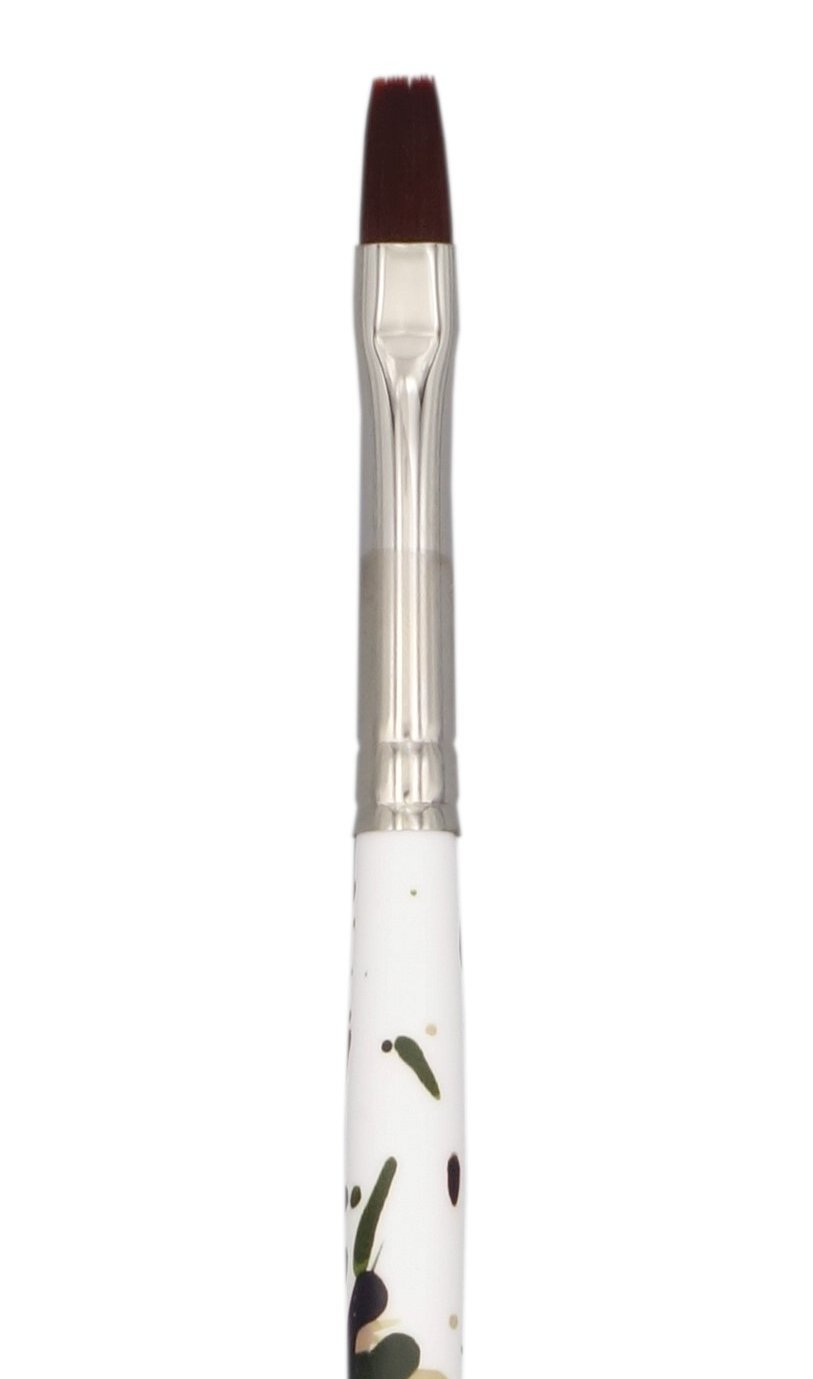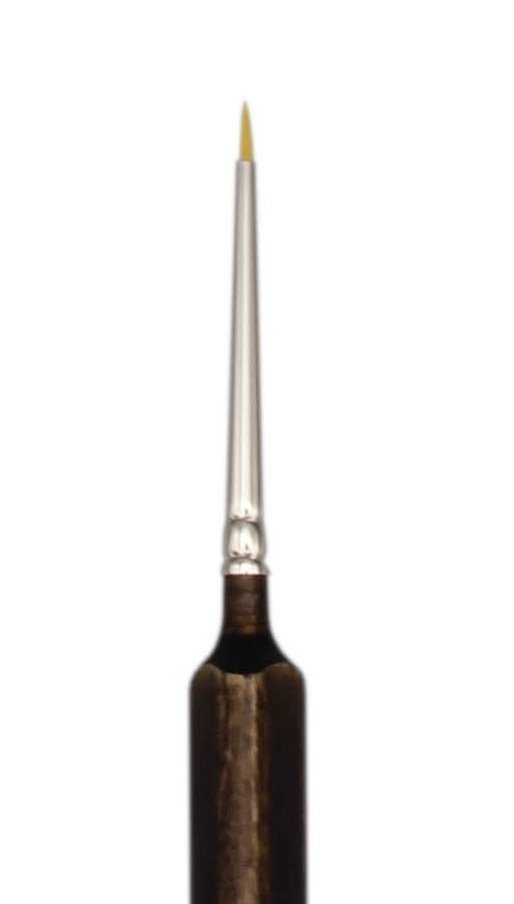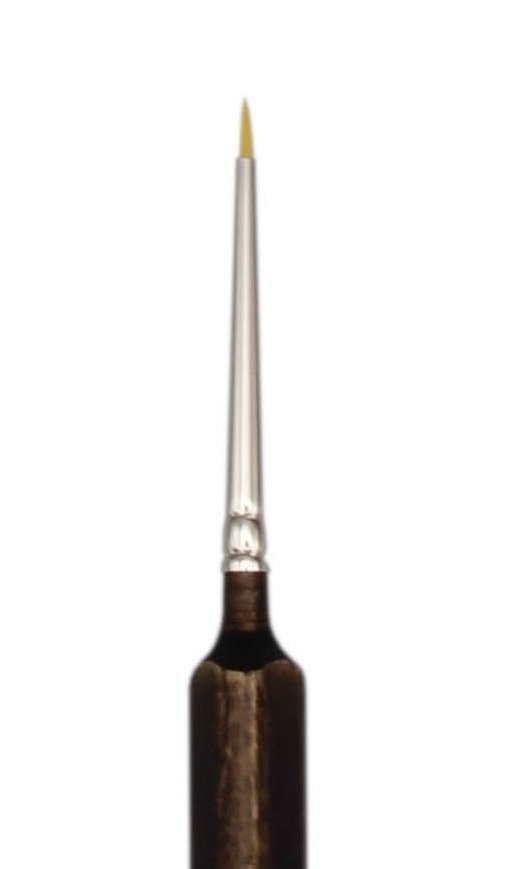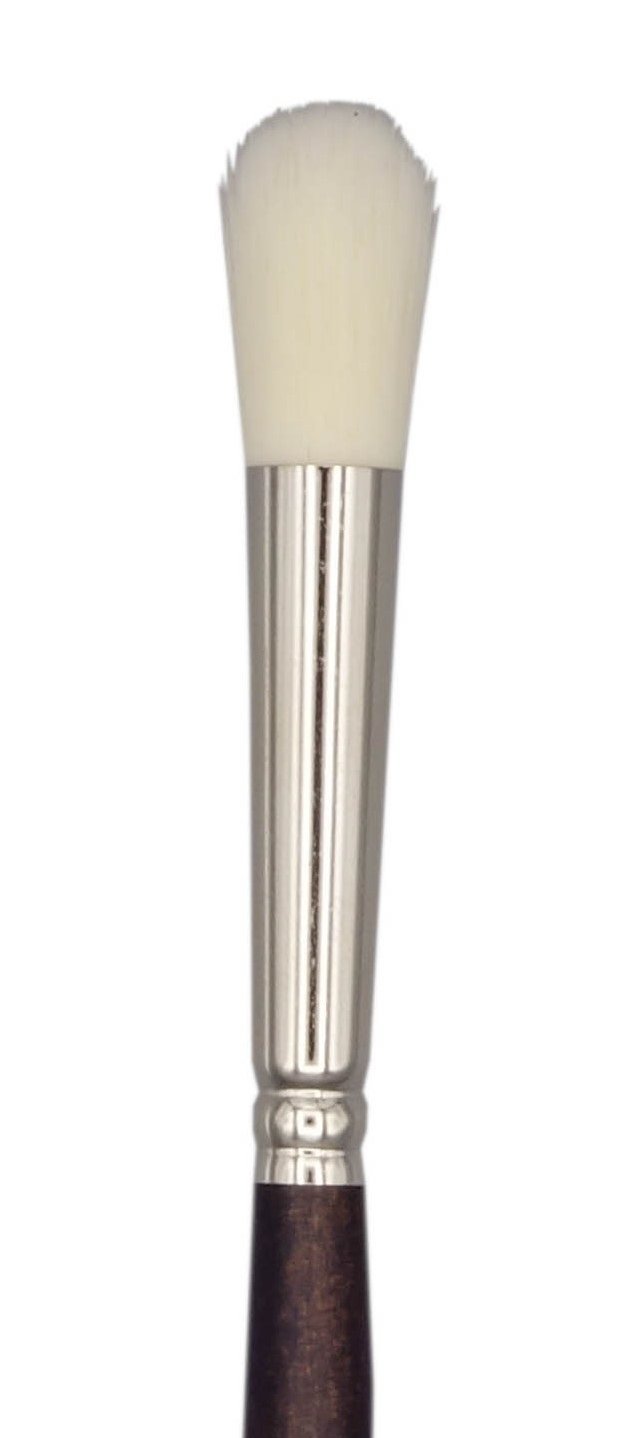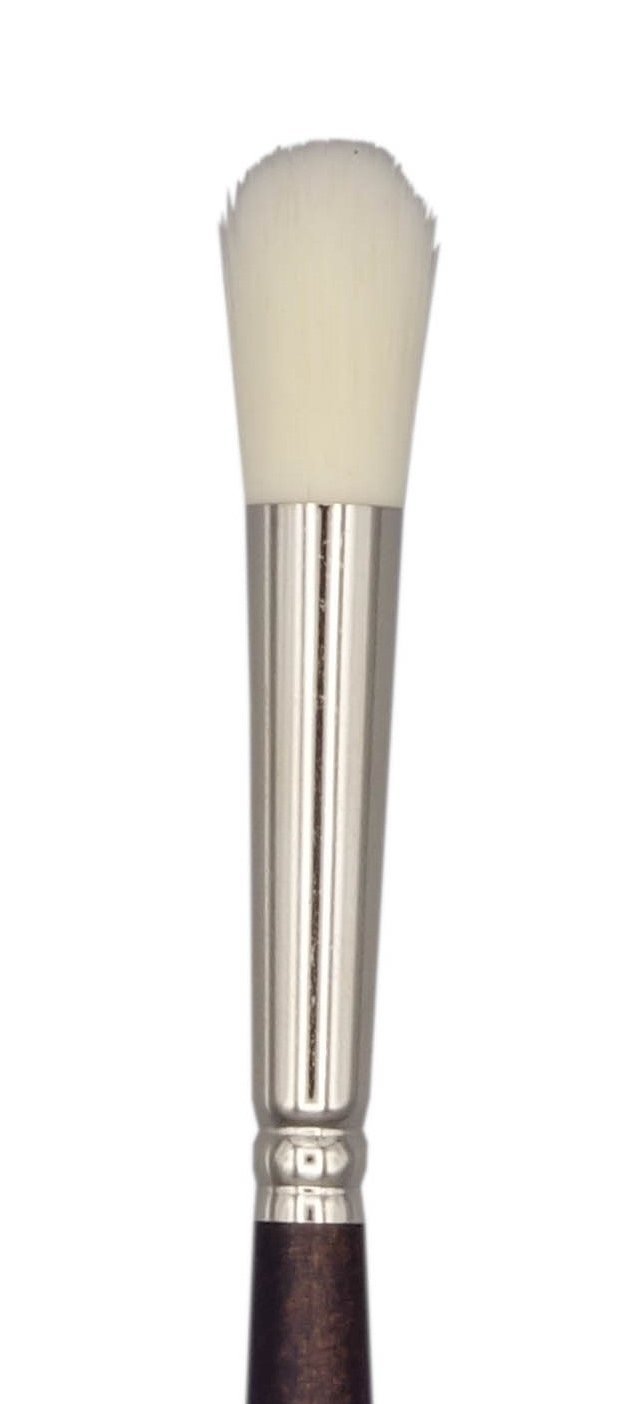-
search....
-
en
Brushes
Individual brushes
Artist brushes
Water color brushes
Acrylic brushes
Oil paint brushes
Hobby brushes
Model paint brushes
Dental brushes
Brushes for Face & Body
Decorative cosmetic brushes
Care cosmetic brushes
Nail Design brushes
Brushes for Craft & Technology
Brushes for craftsmen
Technical brushes
Aerospace & Aeronautical Brushes
Brushes for Food & Health
Cake Decoration Brushes
Company



